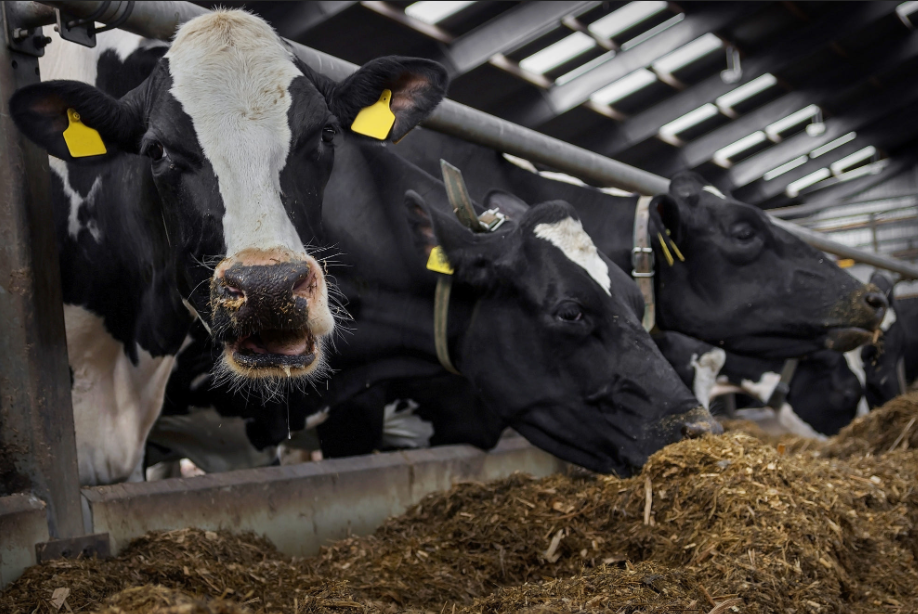1. Animal Factors affecting DMI (dry Matter intake)
2. Meal factors affecting intake
3. Management factors affecting intake
4. Substitution rates of different feed ingredients on Silage intake.
FEED INTAKE & UTILISATION
Digested feed clearly has a major effect on nutrient supply, the most important factor governing the extent to which cows can meet their energy, protein and other nutrient needs is the amount of feed they consume.
This is especially important in the early stages of lactation when the energy demand for production is higher than intake can support, creating an increasingly negative energy balance which cows must meet from body reserves, milking off their backs.
Feed Intake
Feed consumption is generally expressed in terms of Dry Matter Intake (DMI)
– the weight of feed material consumed excluding the moisture it contains. A
large number of different animal, food and management factors affect DM
intake.
- Key animal factors affecting DMI include:
- Cow size – large cows eat more than small cows.
- Cow breed – Some breeds of cow eat more for their size than others.
- Cow age – Heifers eat less than mature cows.
- Milk yield – Higher yielding cows eat more than lower yielders.
- Cow condition – Fat cows eat less than thin cows.
- Stage of lactation – Early lactation cows eat less than those in mid and late-lactation.
- Key food factors affecting DMI include:
- Fibre content – Cows eat less when fibre levels are too high.
- Protein content – Cows eat more when protein levels rise.
- Processing – Cows eat more when the feed particle size is smaller.
- Moisture content – Cows eat most at a ration DM of 45-55%.
- Diet composition – Cows eat less when rations are poorly balanced.
- Digestibility – Cows eat more when rations are more digestible.
- Key management factors affecting DMI include:
- Feed access – Cows eat more when feed is available ad-lib.
- Water access – Cows eat more when palatable water is readily available.
- Feeding frequency – Cows eat more when fresh feeds are provided more frequently.
- Ration palatability – Cows eat more the tastier they find the feed.
- Feed spoilage – Cows eat less when feeds are spoiled by decay or contamination.
- Ration changes – Cows eat less when rations are changed abruptly.
- Substitution Rates Prioritising Energy Balance:
The clear limit to the amount of Neutral Detergent Fibre (NDF) cows can consume in a day means intakes of low fibre feeds like wheat (12% NDF) are potentially four times those of higher fibre feeds like good quality silage (48% NDF). As well as having important implications for overall intakes, this means cows will eat less forage when supplements are available, the extent of this substitution depending on the type of supplement.
Concentrate feeds generally displace relatively small amounts of forage from the diet, so supplementation will generally allow daily DM intakes and performance to be increased. A kilogram of wheat (12% NDF) will, for instance, displace only 0.25 kg of 48% NDF silage from the daily intake (12% ÷ 48% = 0.25 substitution).
In contrast, higher fibre feeds have higher substitution rates – a kilogram of sugar beet pulp (32% NDF) displacing 0.67 kg (32% ÷ 48%) of the same silage. When buffer feeding grazed grass, higher fibre feeds can lead to substitution rates of greater than 1.0, reducing daily intakes and compromising performance.
